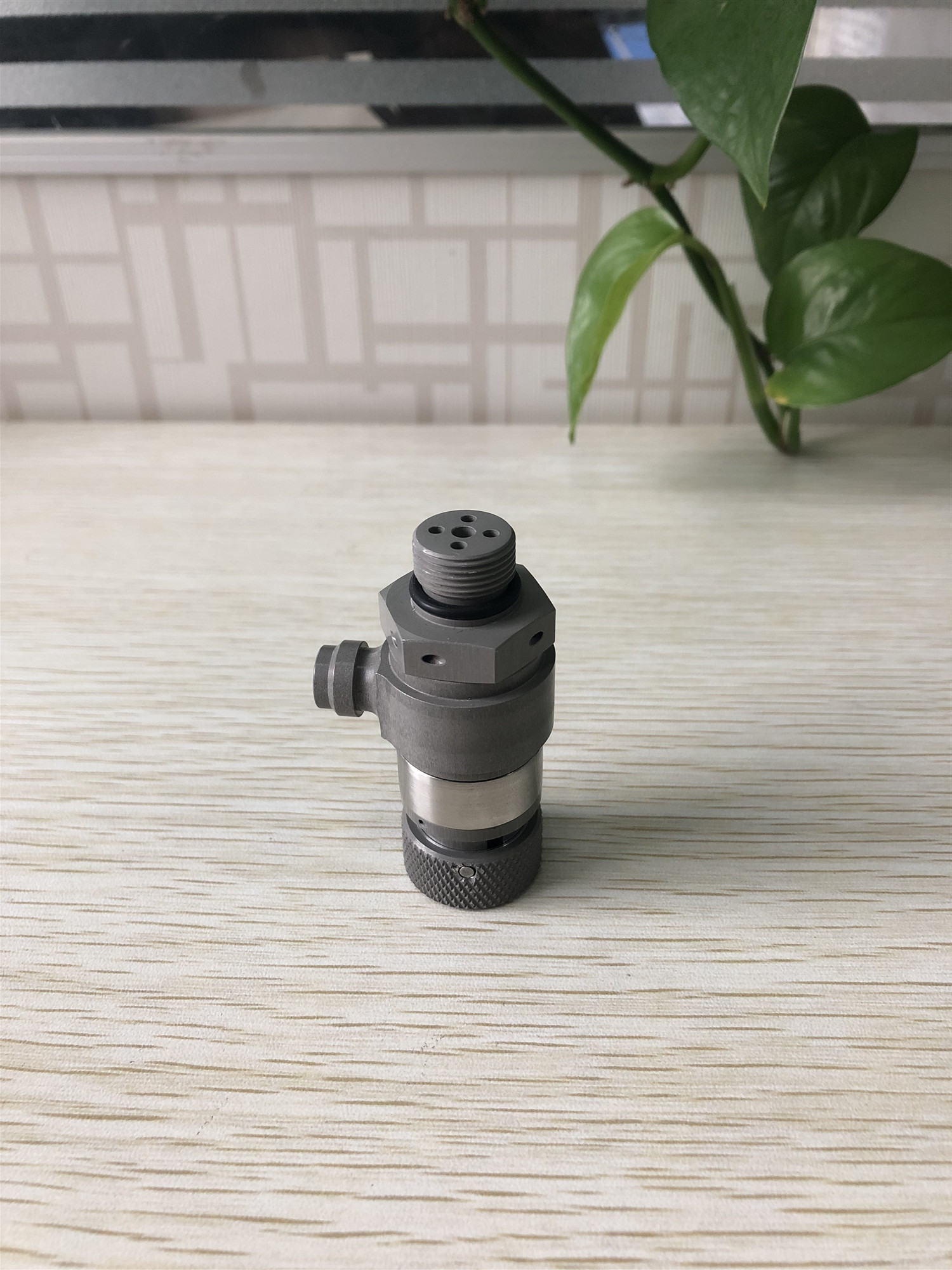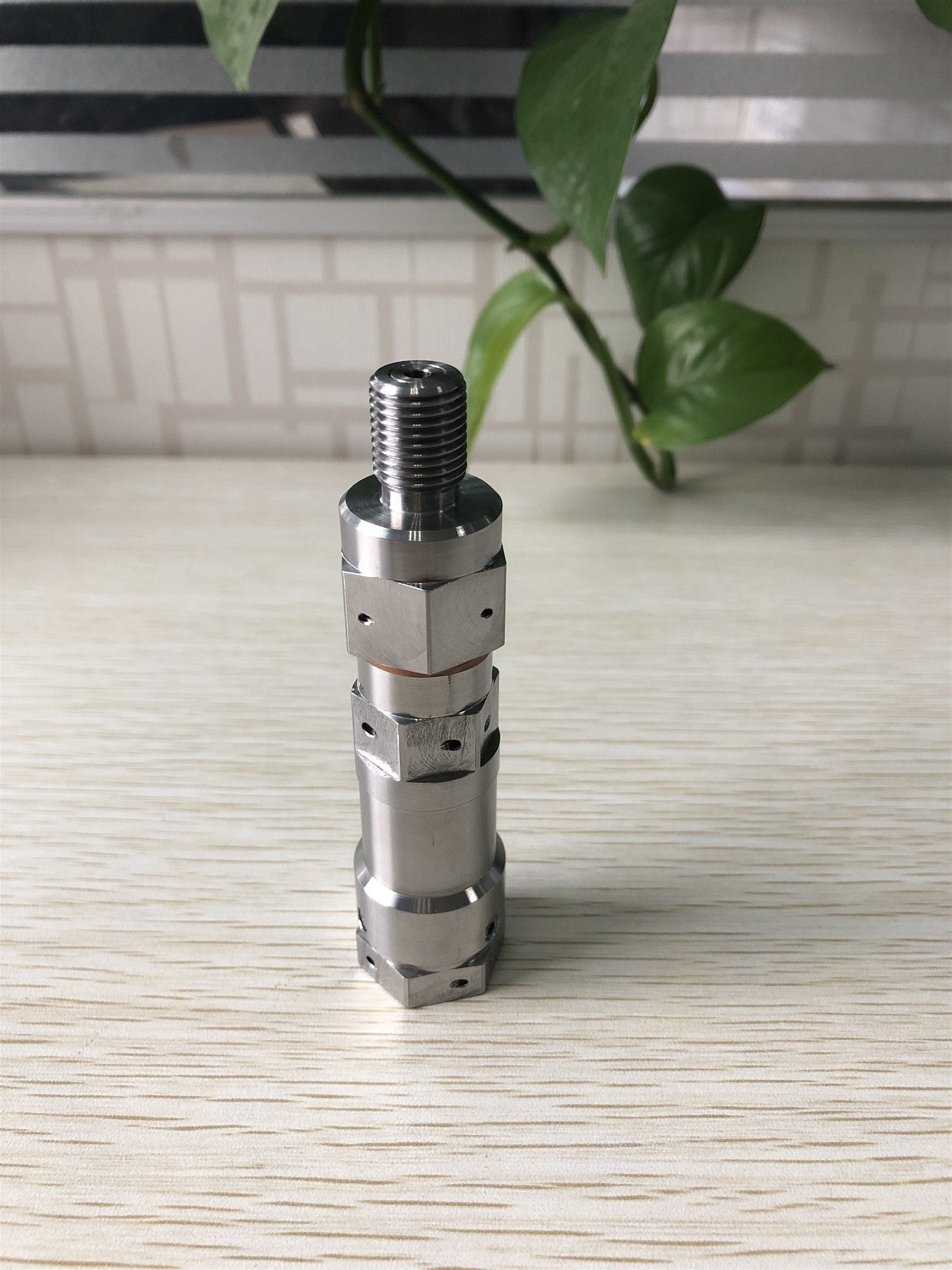Indicates the granularity composition of the broken material, which can be represented by a graph or a curve, in addition to being expressed in tabular form. And the curve is more clear than the table. Since the curve is continuous, the yield can be determined at any level. Typically, the particle size of the particles is indicated on the abscissa and the ordinate on each particle level (or cumulative) yield in the material. The particle size distribution curve drawn by the screening test results is called the particle size characteristic curve.
1. Cumulative particle size characteristic curve
If the positive cumulative yield is listed on the ordinate and the abscissa indicates the particle size of the particles, a positive cumulative particle size characteristic curve can be obtained. Similarly, the abscissa does not change, and the ordinate shows the negative accumulation (also known as the under-screen accumulation) yield, then the negative cumulative particle size characteristic curve can be obtained. Table 1 shows the results of a screening test, and Figure 1 shows the cumulative particle size characteristic curve. As can be seen from Figure 1, the positive and negative cumulative particle size characteristics are symmetrical and intersect at a yield of 50%.
Table 1 Â Screening analysis results
Granular grade (mm) | quality (kg) | Yield |
weight (%) | Positive cumulative yield on sieve (%) | Negative cumulative yield under sieve (%) |
16~12 12~8 8~4 4~2 2~0 total | 2.25 3.00 4.50 2.25 3.00 15.00 | 15 20 30 15 20 100 | 15 35 65 80 100 - | 100 85 65 35 20 - |

Figure 1 Â Cumulative particle size characteristic curve
The advantage of the cumulative particle size characteristic curve is that the drawing is simple, and the disadvantage is that the scale at the end of the fine particle level is too narrow, so that the end of the curve fine-grain level has a large error.
2. Semi-logarithmic particle size characteristic curve If the abscissa is scaled by the logarithmic value of each grain size, the ordinate represents the cumulative yield. As shown in Fig. 2, the obtained figure is called a semi-logarithmic cumulative particle size characteristic curve. This curve can overcome the shortcomings of the narrow fraction of the fine fraction, but the coarse fraction is compressed more.
Figure 2 Â Semi-logarithmic cumulative particle size characteristic curve
3. Full logarithmic particle size characteristic curve
Both the ordinate and the abscissa are expressed in logarithmic scale (Figure 3) as the full logarithmic cumulative particle size characteristic curve. With the full logarithm method, most of the curves can be linearized, so that the equation of the particle size distribution can be obtained. This method is conducive to the study of the distribution of broken materials.
Figure 3 Full logarithm cumulative particle size characteristic curve [next]
4. Particle size characteristic equation
Mathematical equations can also be used to describe the distribution of particle sizes. Although these equations are empirical relationships, they can also represent the particle size distribution of the shredded materials to varying degrees.
In the field of mineral processing , there are two equations commonly used to describe the particle size characteristics of crushed or ground products:
(1) AM Gordon-CE Andreev-R. Schumann granularity equation.
(2) R. Rosen-E. Rammler particle size characteristic equation.
(3) Three scholars respectively proposed particle size characteristic equations, which are the application of full logarithmic coordinates to draw the screening analysis curve; an empirical formula obtained. This formula can be written as:
Where γ is the negative cumulative yield (%) of the product under the sieve;
k - the particle size modulus, ie the theoretical maximum particle size (x max ), when the mesh width ( x ) is equal to it, all the materials enter the sieve, γ = 100%;
a — Parameters related to the nature of the material. The a value of the crushed product is often between 0.7 and 1.0.
The particle size characteristics of the product crushed by the jaw crusher and the cone crusher are substantially similar to the formula (1) from the discharge width to the particle size within the range of 0.
In 1934, Rosson-Ramler used the statistical method to sort out the products of the crusher and the mill to obtain the equation (3). The mathematical expression for this equation is:
Where R is the cumulative yield (%) greater than the x-grain level;
X—the diameter of the ore or the width of the mesh;
b - parameters related to product fineness;
n — Parameters related to the nature of the material.
The parameters b and n can be obtained by the graphical method, that is, the equation (3-3) takes two consecutive logarithms:
 For the ordinate, lgx is the abscissa, and a straight line can be obtained. The parameters n and b can be obtained by the following formula: (two known points x 1 , R 1 ; x 2 , R 2 can be solved)
For the ordinate, lgx is the abscissa, and a straight line can be obtained. The parameters n and b can be obtained by the following formula: (two known points x 1 , R 1 ; x 2 , R 2 can be solved) It can be seen from formula (2) that only when the material particle size is infinite (time), the group yield R is zero. Obviously this does not meet the actual situation. Therefore, in order to determine the maximum particle size of the material, it can be made smaller first. The R value (for example, R = 0.1%), and then the particle size corresponding to the R value is taken as the maximum particle size of the material. This is feasible in practice.
If order  , then formula (2) can be written as:
, then formula (2) can be written as: When x=x e , the particle size corresponding to R=36.8% on the logarithmic graph is x e , and x e is the “absolute particle size constant†in the particle size characteristic equation of Rosenberg-Rammler.
The Rosen-Ramler particle size equation is suitable for crushed coal , finely divided ore and ground minerals and cement.
The particle size characteristic equation is generally used in scientific research to find the number of particles. Find the average granularity to calculate surface area and power consumption, and so on.
Apply to hydraulic and pneumatic system, Widely used in aviation, aerospace, automobiles, vessels, metallurgy, energy, petrochemicals, medical appliance, heavy machinery and other industrial fluid systems.


Relief Valve
Relief Valve,Pressure Relief Valve,Safety Relief Valve,Pressure Safety Relief Valve
XINXIANG PINGYUAN AVIATION HYDRAULIC EQUIPMENTS CO.,LTD , https://www.coupling.pl






 For the ordinate, lgx is the abscissa, and a straight line can be obtained. The parameters n and b can be obtained by the following formula: (two known points x 1 , R 1 ; x 2 , R 2 can be solved)
For the ordinate, lgx is the abscissa, and a straight line can be obtained. The parameters n and b can be obtained by the following formula: (two known points x 1 , R 1 ; x 2 , R 2 can be solved) 

 , then formula (2) can be written as:
, then formula (2) can be written as: 

